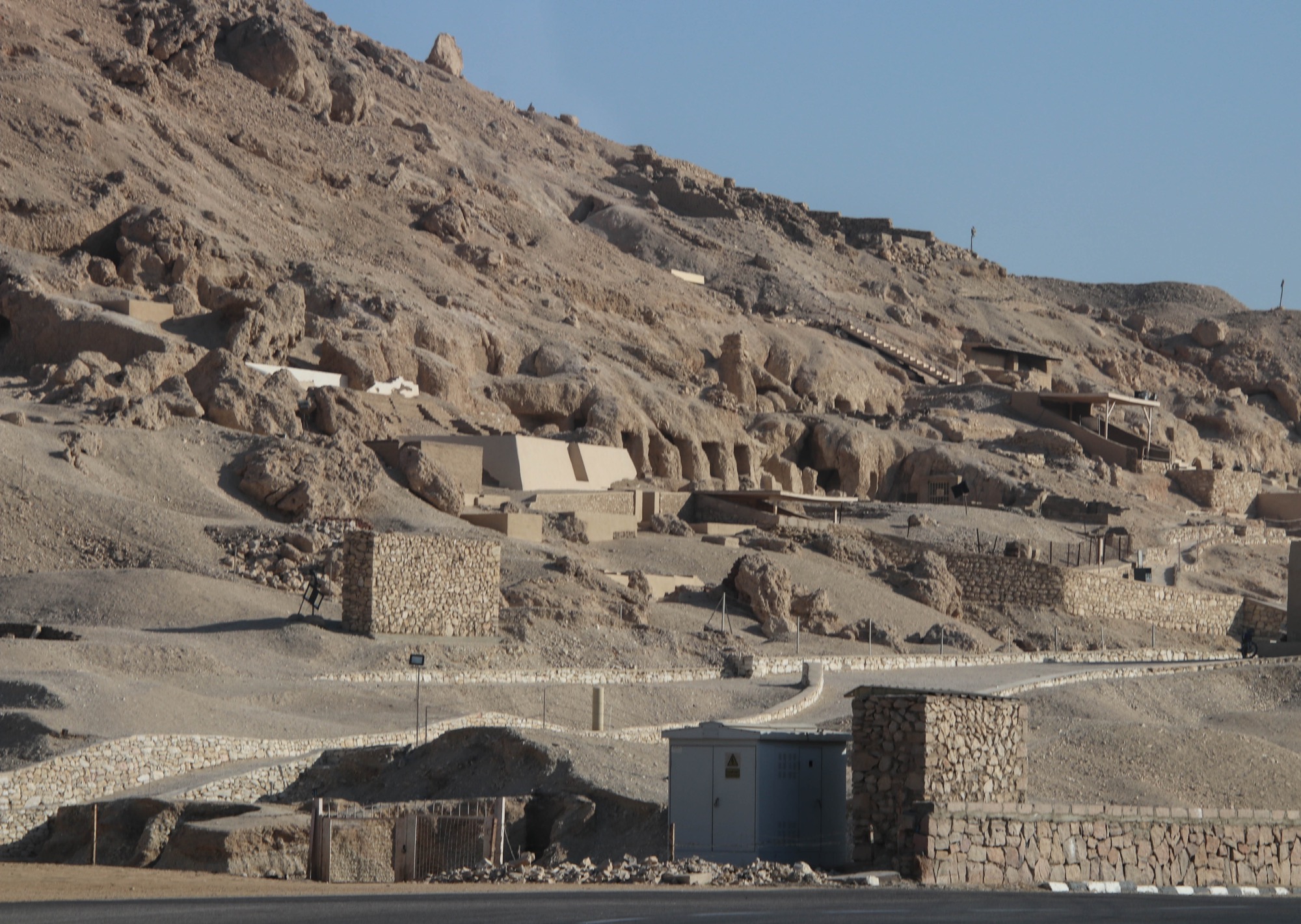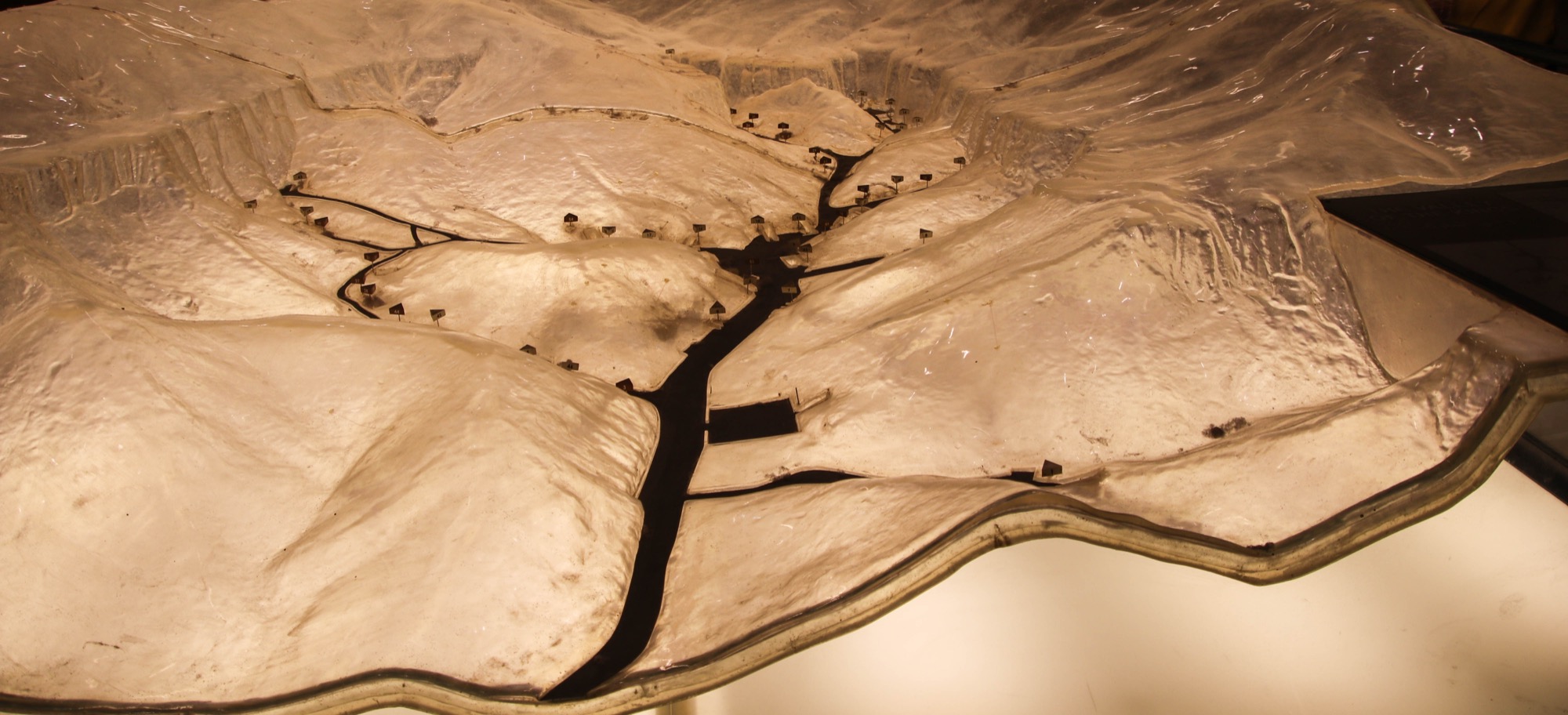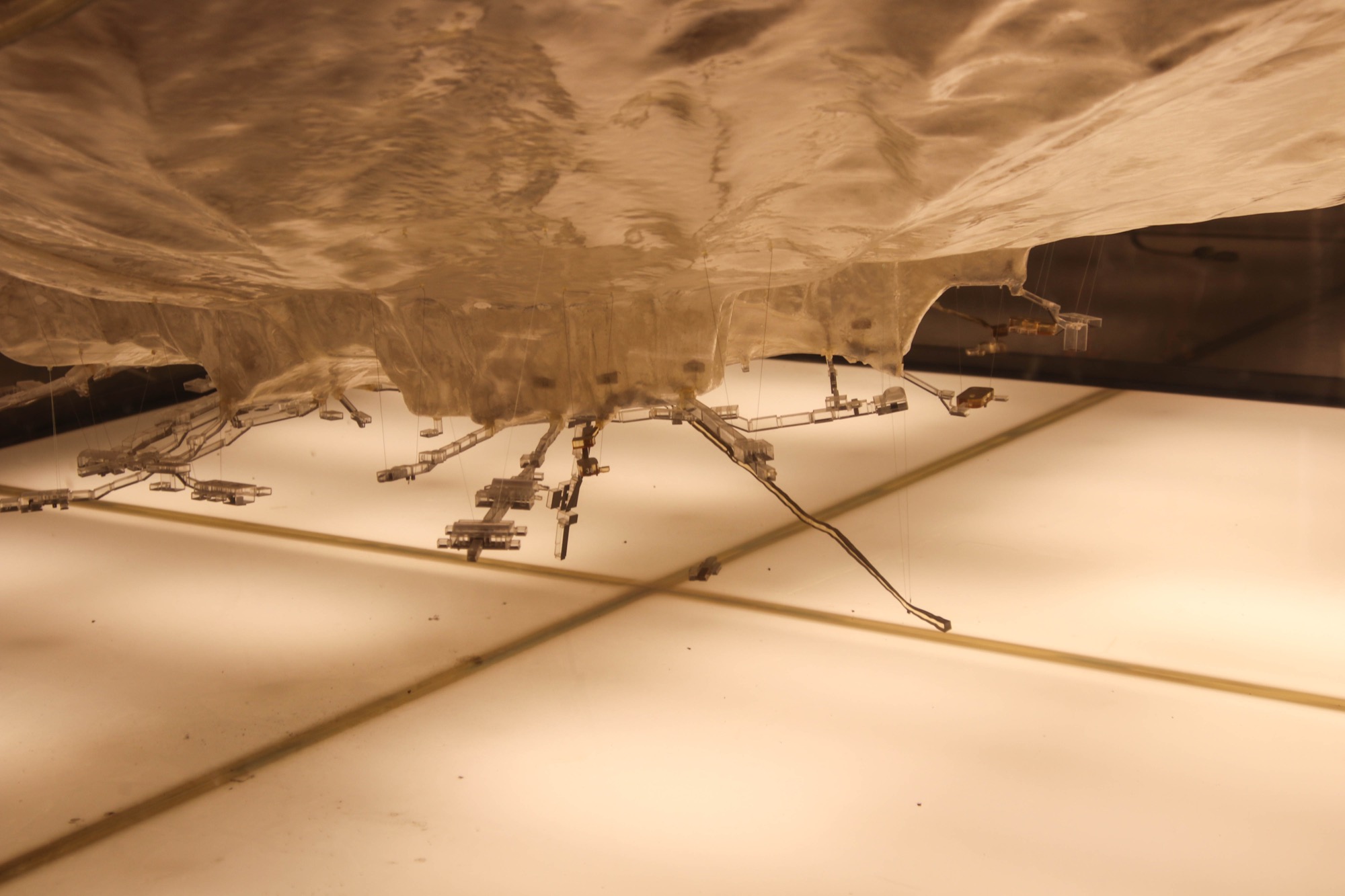Crocodile Museum
The Crocodile Museum, which is near the Kom Ombo Temple, displays many of the 300 crocodile mummies discovered in the area. Also on display are statues and other artifacts representing the crocodile god, Sobek.
The Crocodile Museum, which is near the Kom Ombo Temple, displays many of the 300 crocodile mummies discovered in the area. Also on display are statues and other artifacts representing the crocodile god, Sobek.




Edfu is a bustling city of about 60,000 people. We were able to observe the locals going about their daily business as we moved through the crowded streets on our way to the Temple of Horus.
When we arrived at the Temple, we were surprised by the "taxi" stand filled with large numbers of horse carriages. Apparently, this is a popular mode of transportation used by tourists in the area.


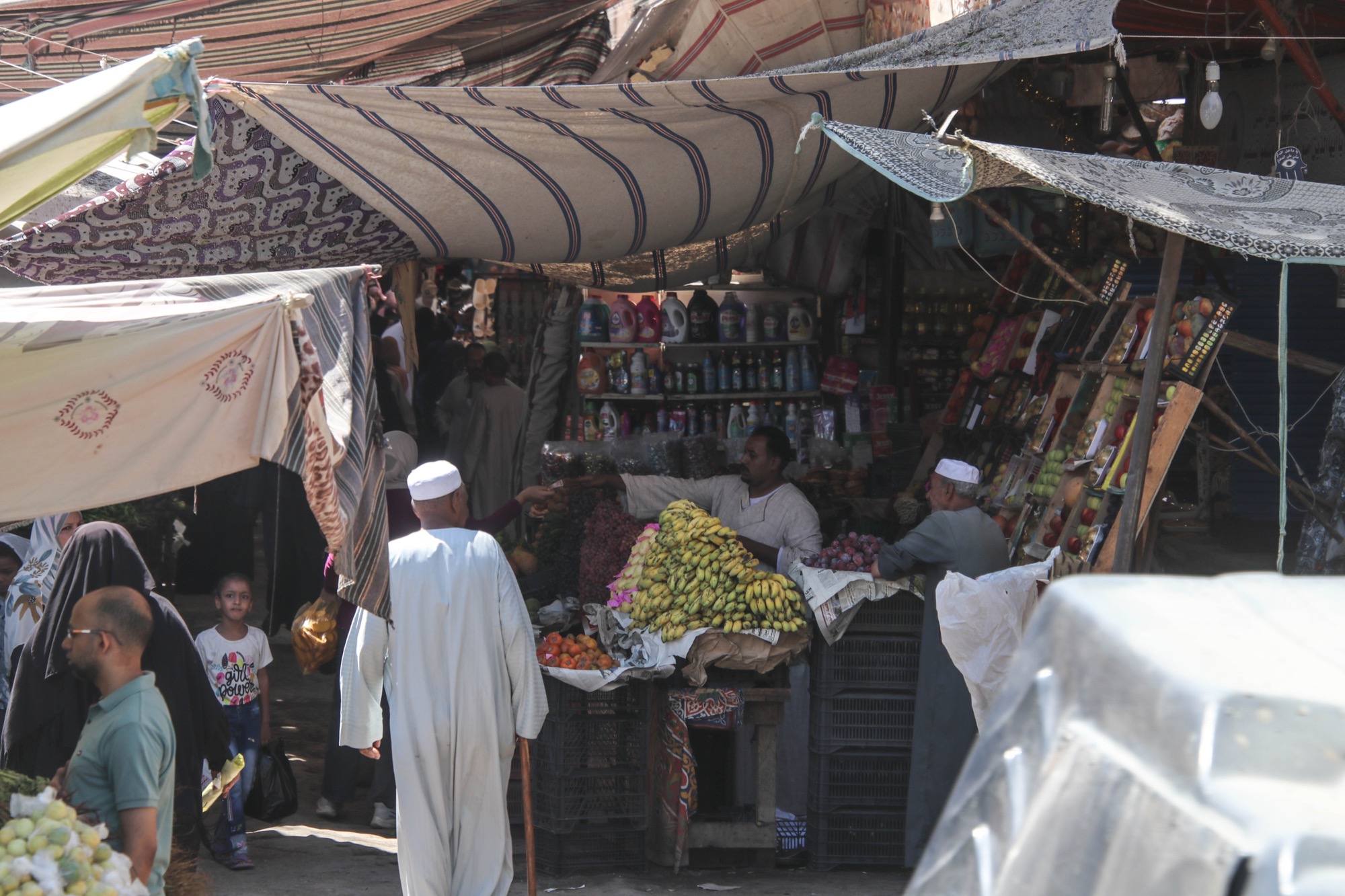
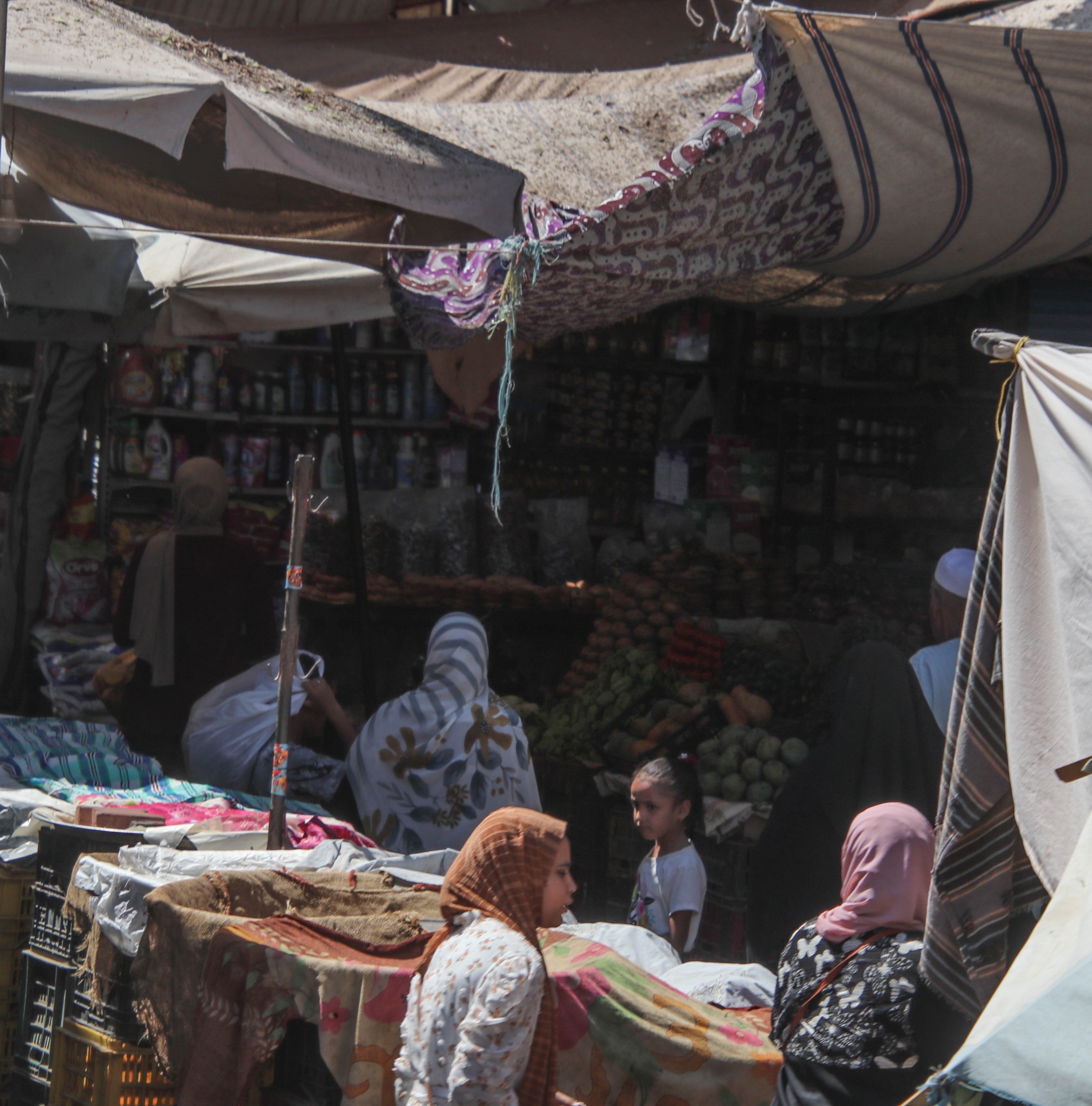




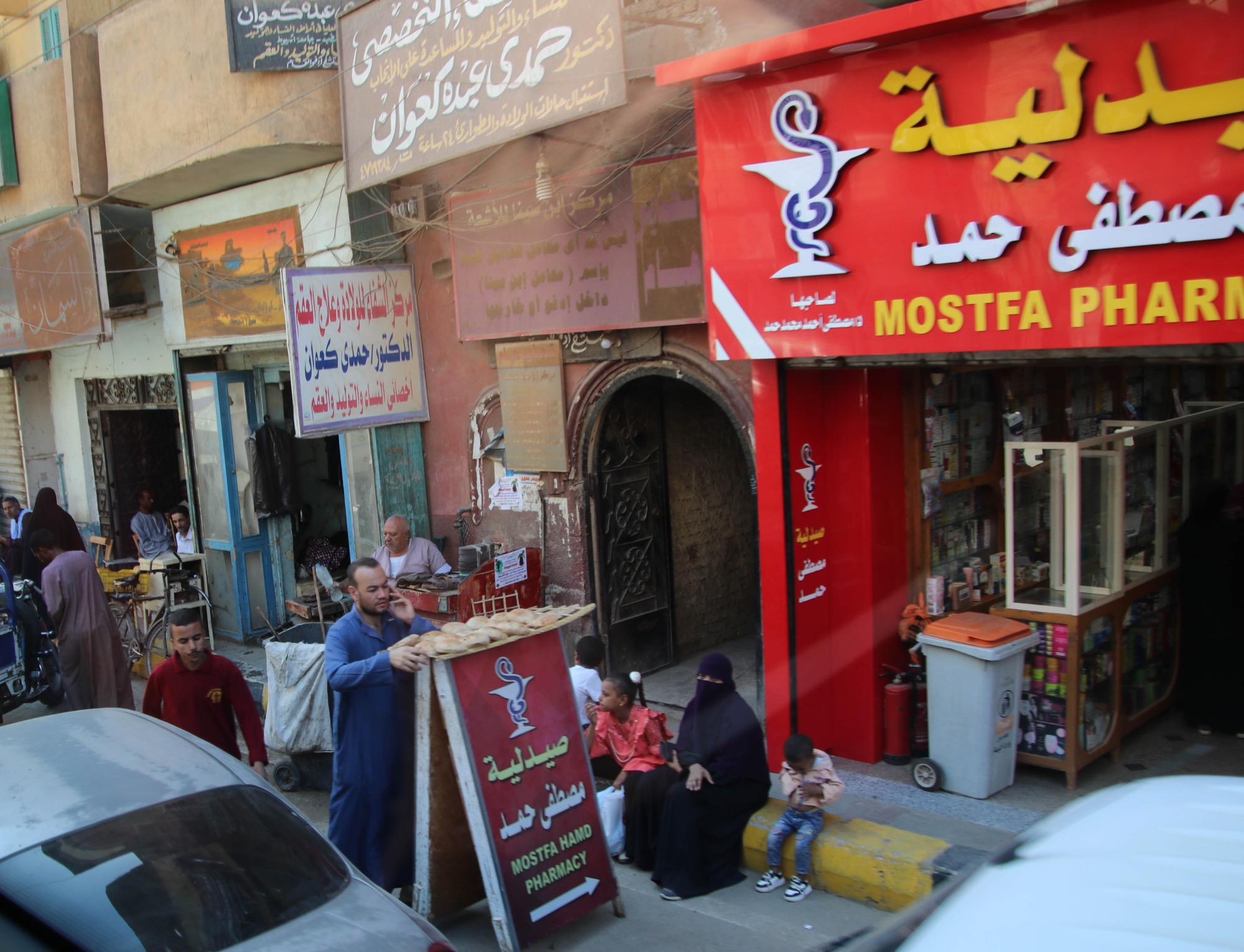
The Temple of Horus, which was built between 237 and 57 BC, is dedicated to the falcon god, Horus, the son of the gods Isis and Osiris. This temple is one of the best preserved ancient temples in Egypt because it was buried under about 125 feet of desert sand until excavation began in the 1860s.
Many of the scenes on the wall depict the story of the conflict of Horus and Seth. Horus sought revenge against Seth for the murder of his father, Osiris.




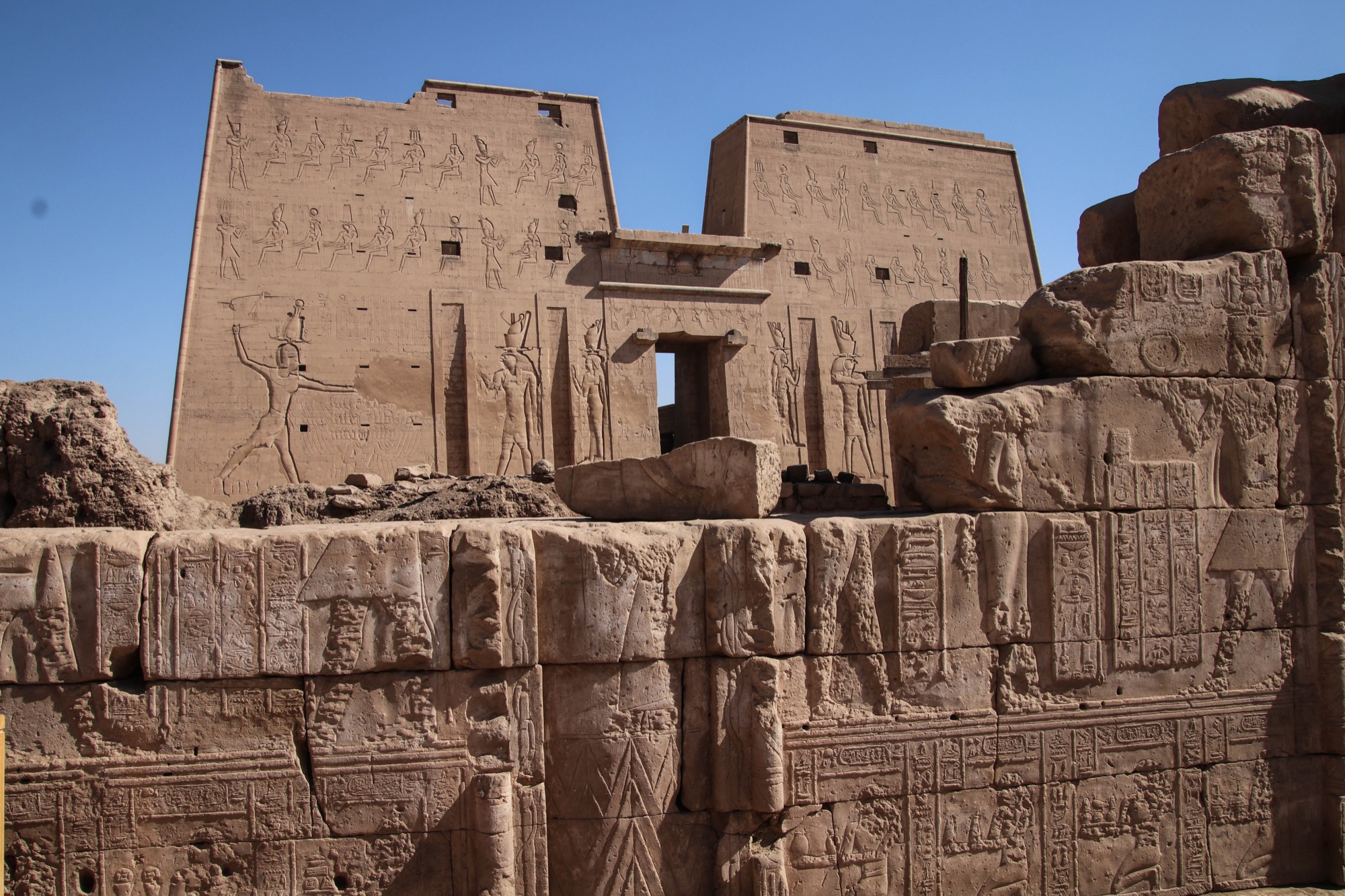
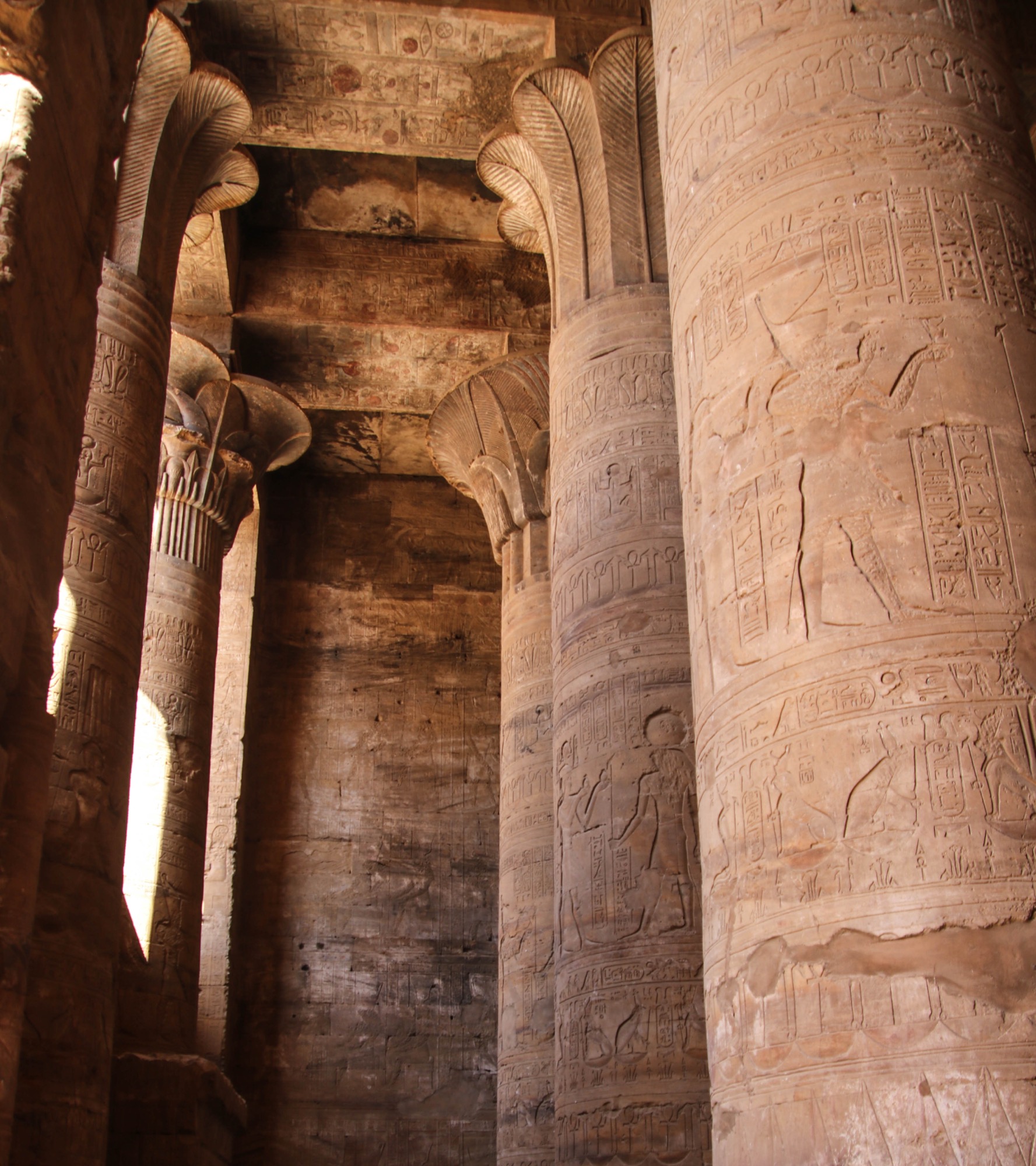



Noteworthy sites at the Temple of Horus include the large statue of Horus, a wooden barque that was used to carry statues during festivals, and a colony of bats that have taken up residence inside the temple.


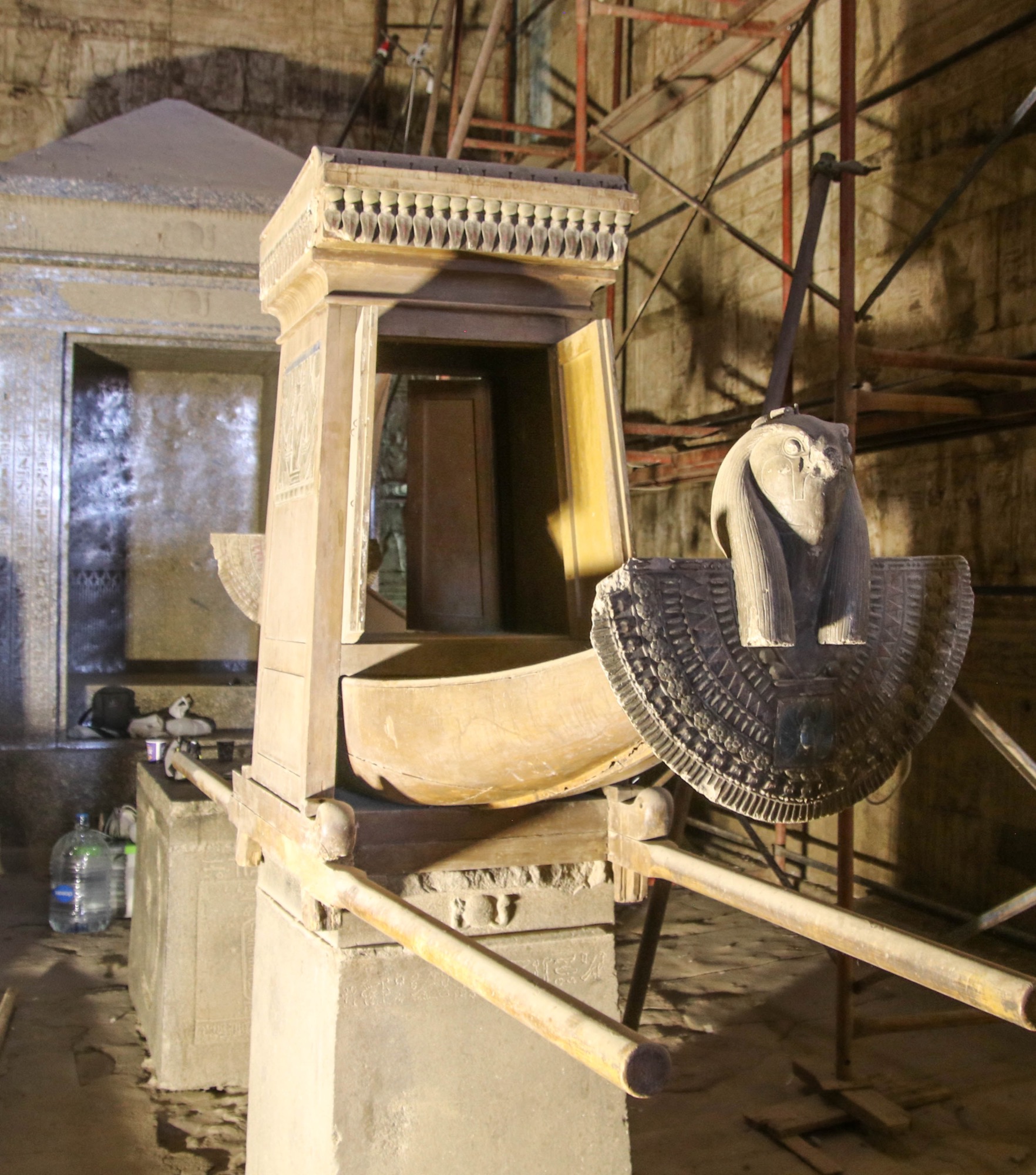



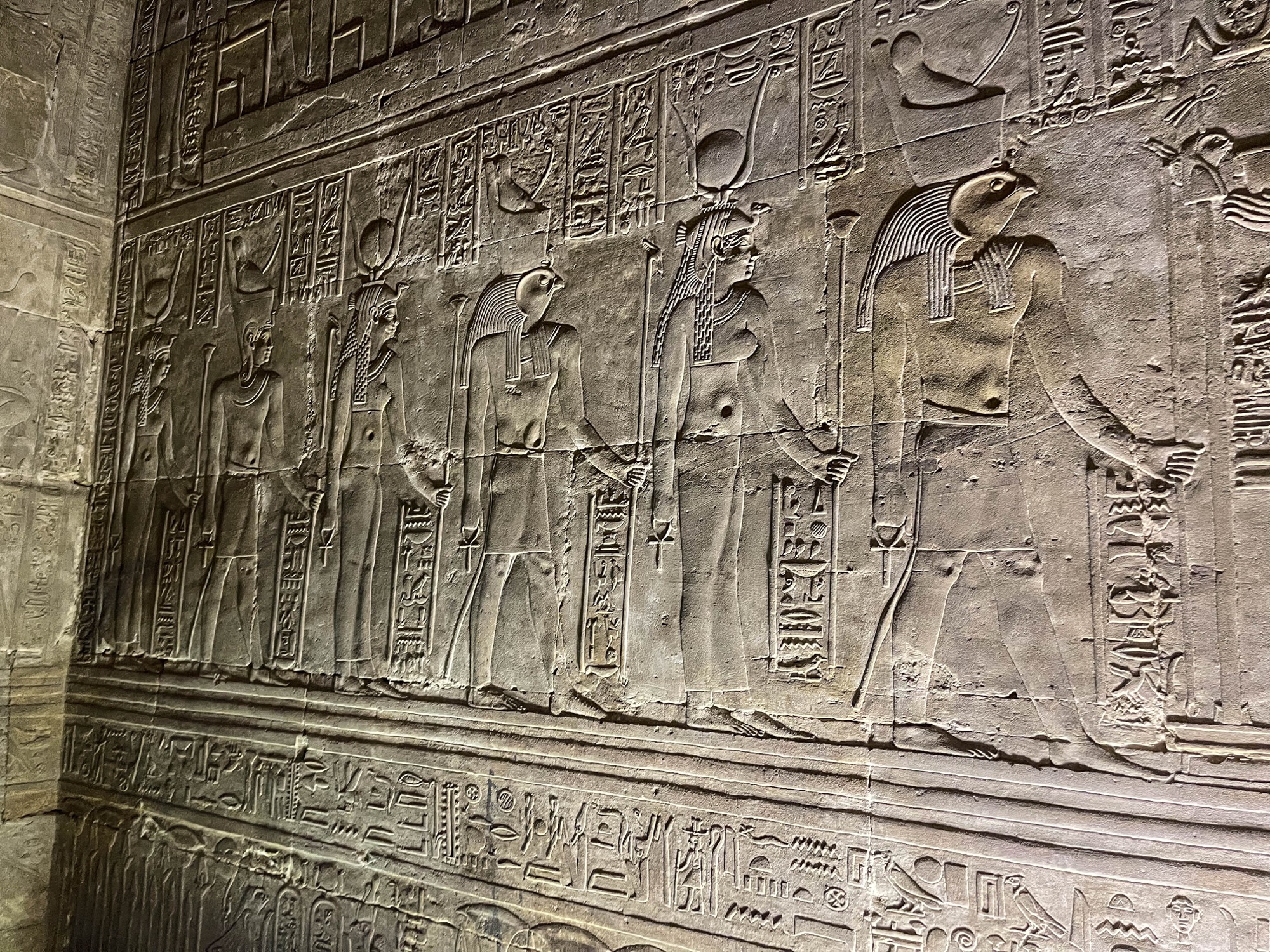

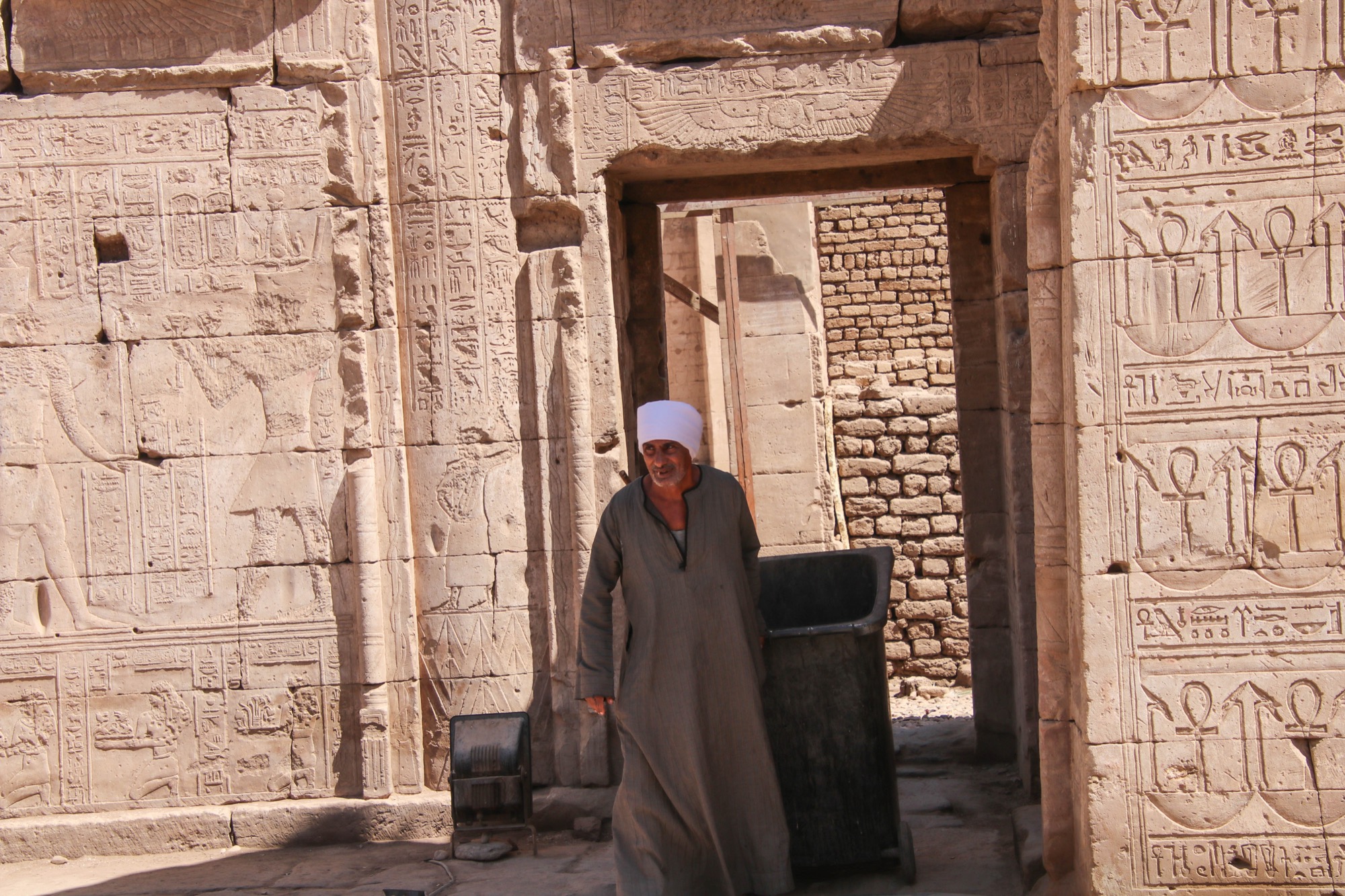
The temple of Khnum is dedicated to the god of creation who is said to have made humans out of clay on his potter's wheel. Khnum is generally depicted with the head of a ram.
The temple, which sits in a large pit that is about 30 feet below the level of the surrounding town, is only partially excavated. Much of the rest of the temple complex is thought to be buried under the existing town of Esna.


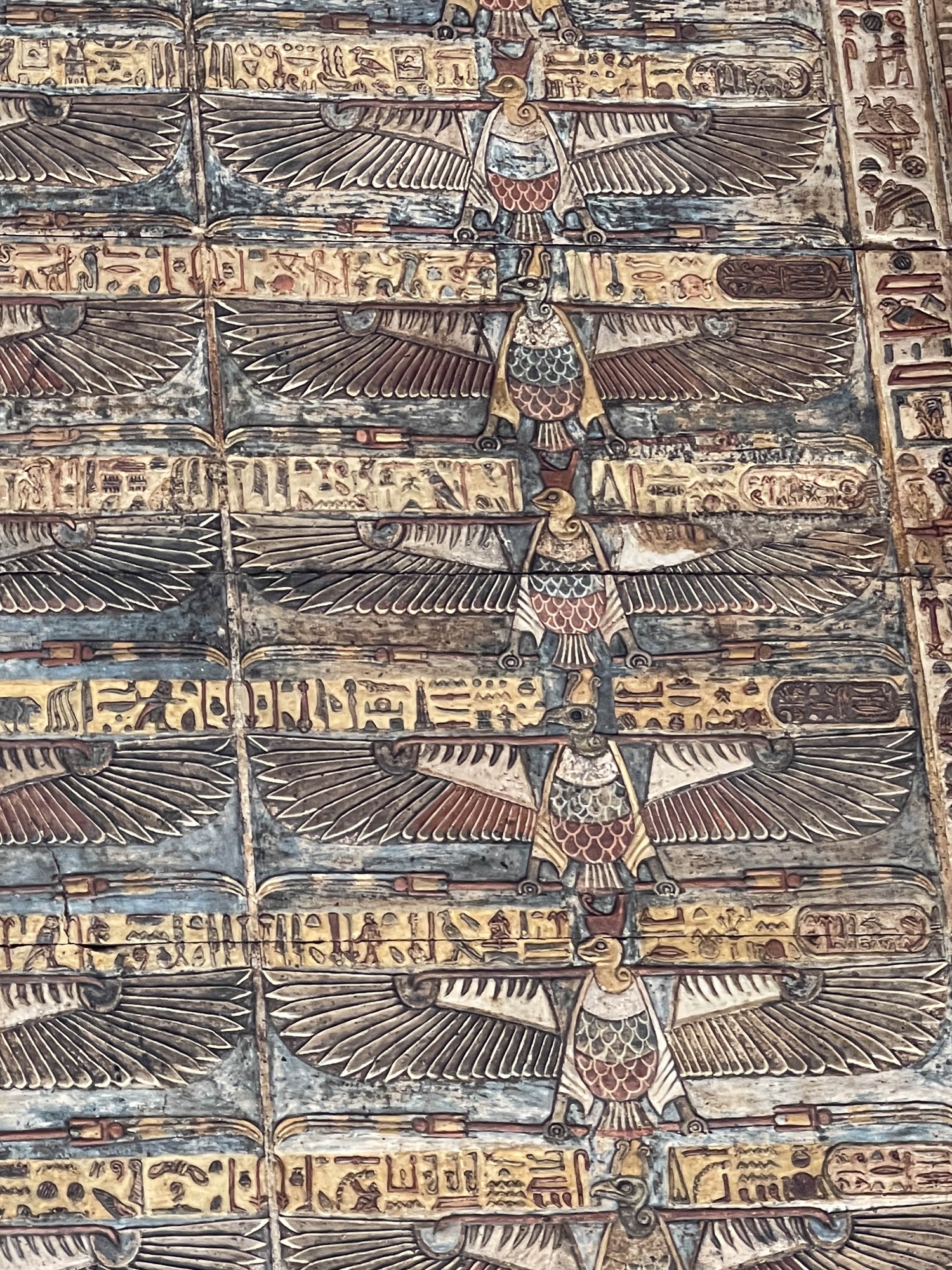

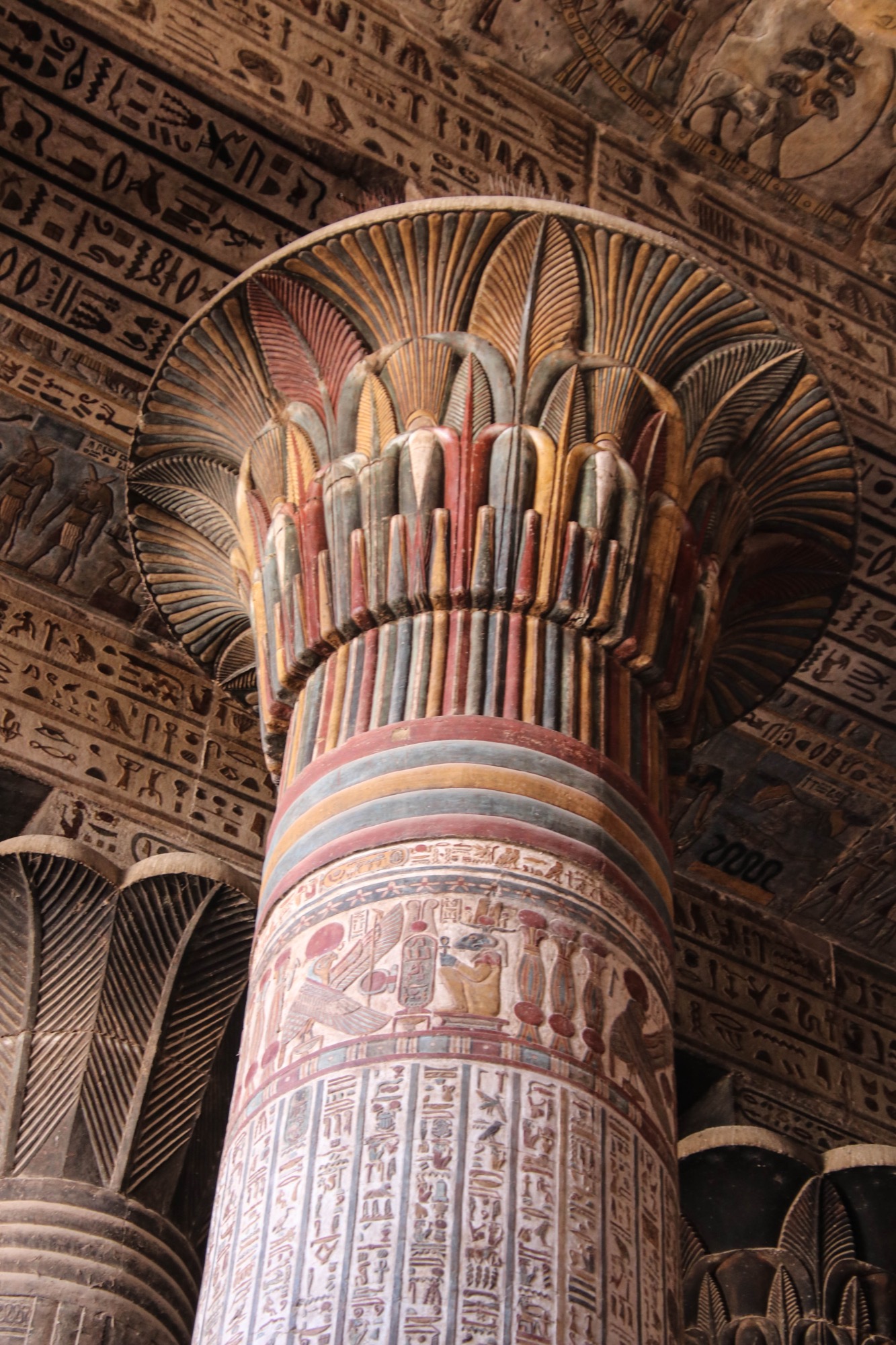


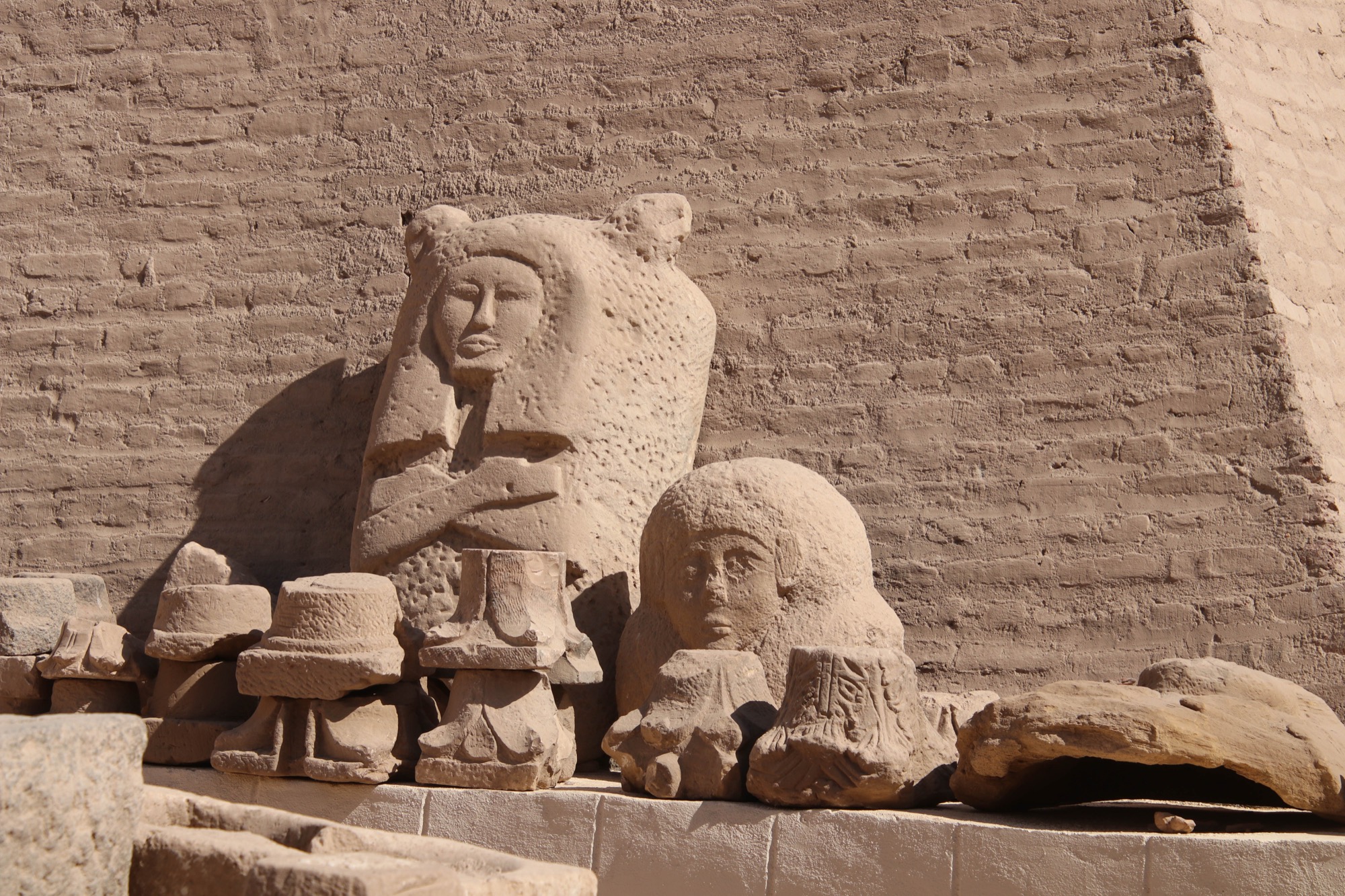
The Valley of the Queens is a burial site for queens and children of the royal families. The site was primarily used between 1292 and 1075 BC and there are more than 90 known tombs in the area. Only four of the tombs are open to the public.



The tomb of Nefertari, which was designed to be the final resting place for the favorite wife of Ramesses II, is noteworthy because of the well preserved colorful paintings that give detailed descriptions of an ancient Egyptian's journey to the afterlife.
Tomb raiders have stolen all of the treasure that was buried with the Queen, including her sarcophagus and her mummy. The only part of the mummy that remained in the burial chamber, Nefertari's knees, have been relocated to the Egyptian Museum in Turin.

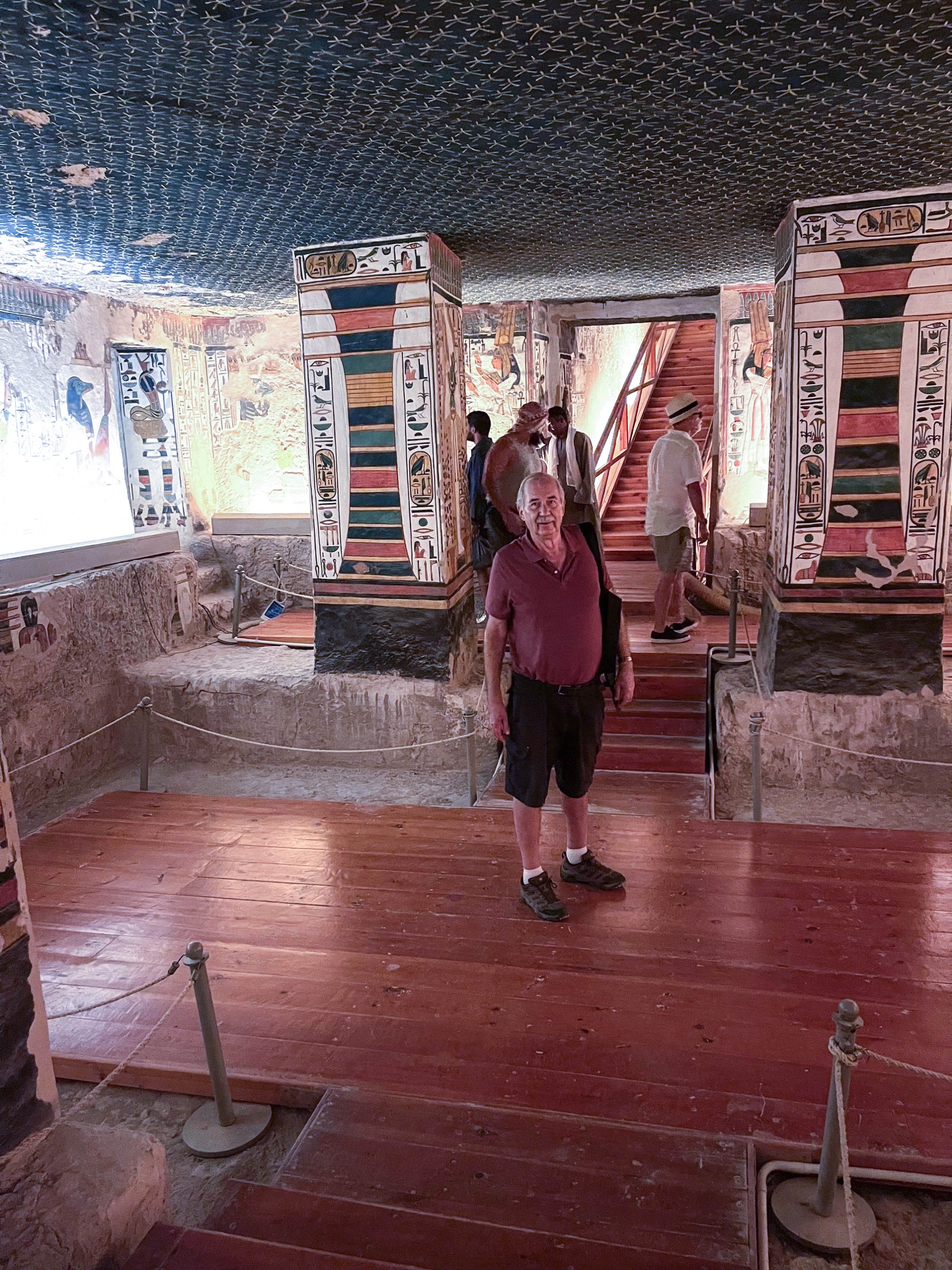


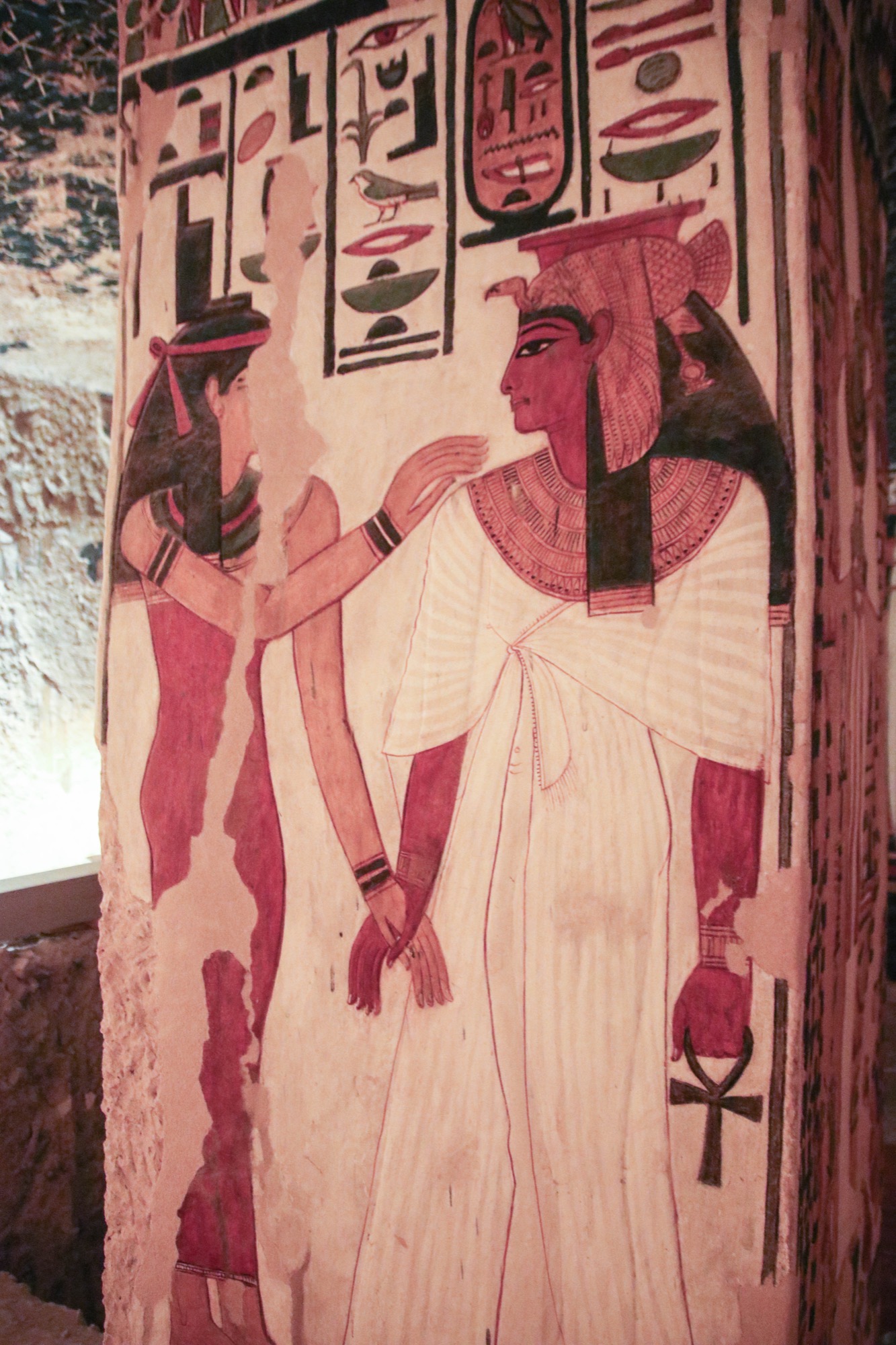



Queen Titi is believed to be the wife of Ramesses III. Her tomb walls are decorated with a series of deities that are arranged in pairs with one on the north wall and one on the south wall. Inside the burial chamber are paintings of several animal guardians.


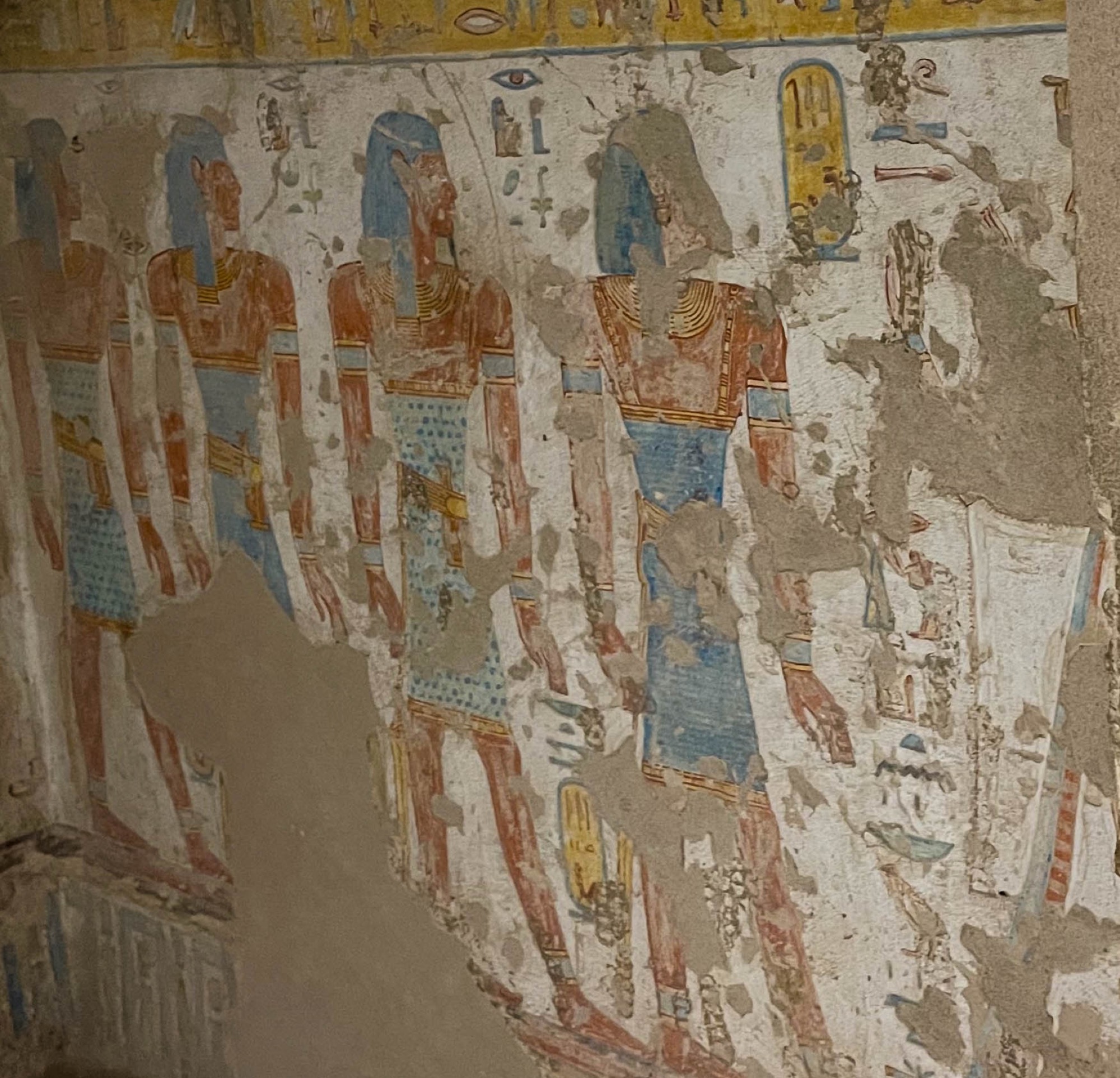

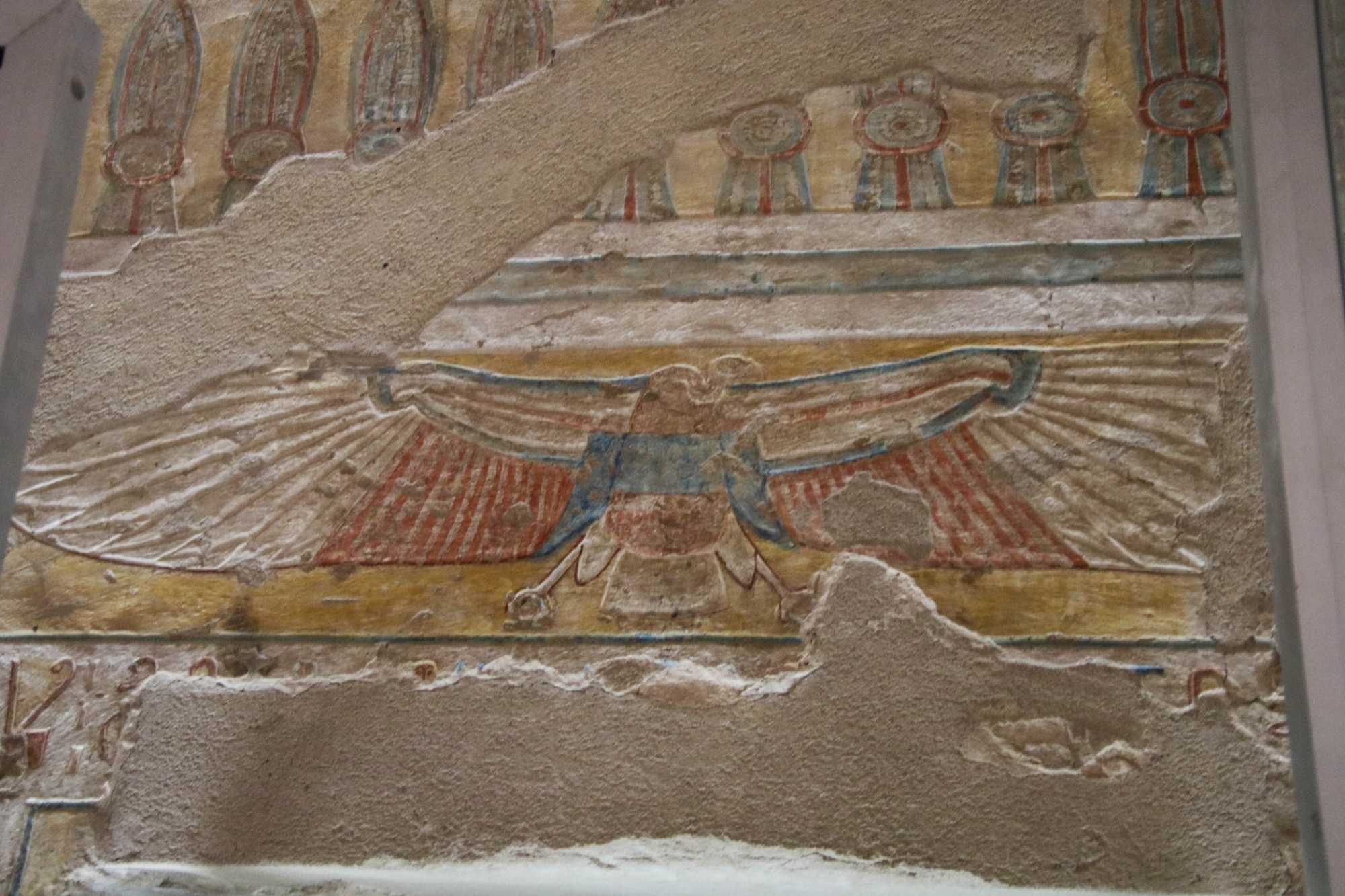
Prince Amenherkhepshef was the son of Ramsesses III and Titi. He died at a young age and was buried in the Valley of the Queens. Vividly painted scenes on the walls of his tomb include pictures of Amenherkhepshef with his parents and with other family members.



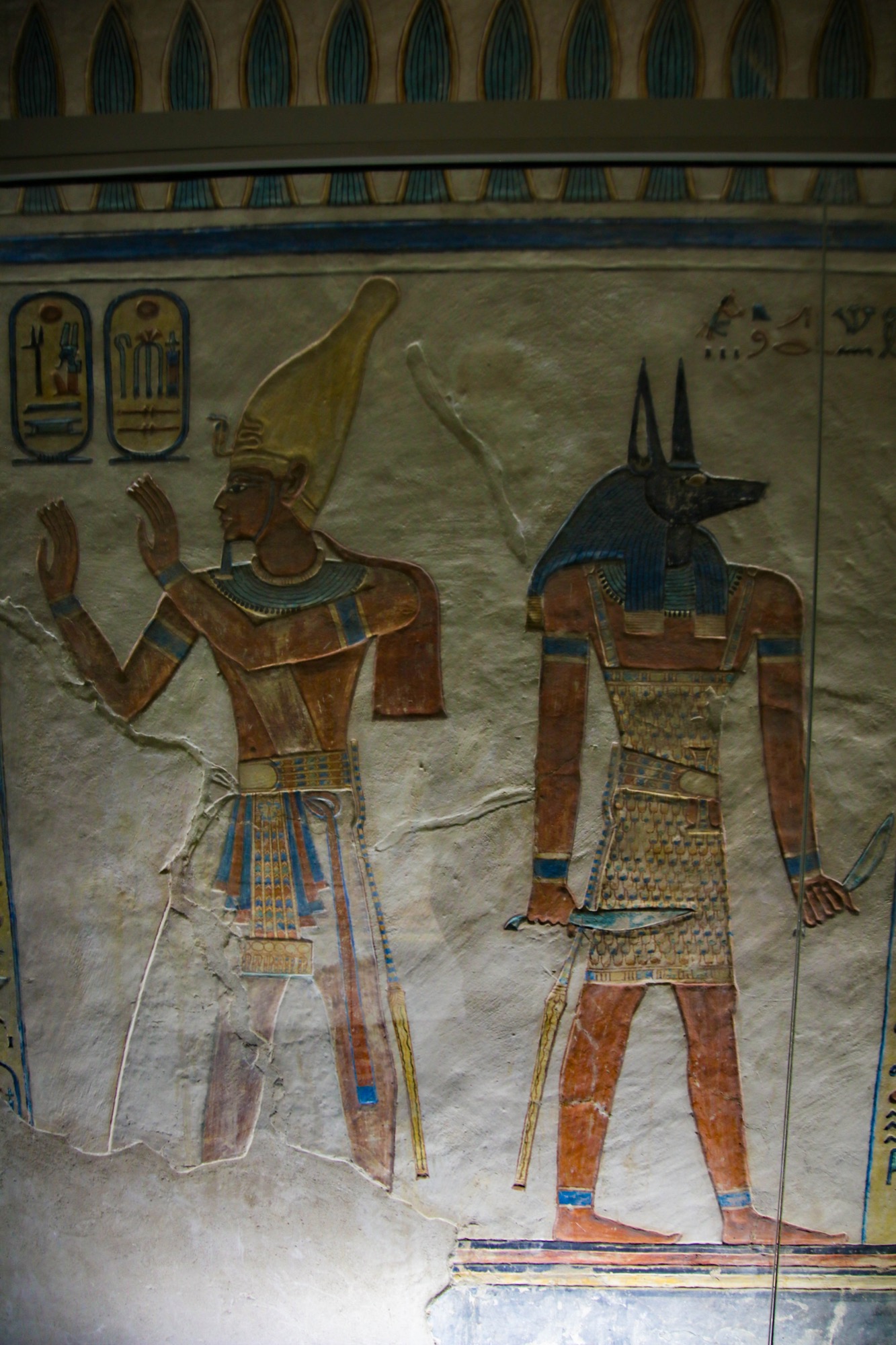

The Valley of the Kings, which has 65 known tombs, is a major burial site for pharaohs and powerful nobles in ancient Egypt. Tombs vary in size from simple single chambered pits to large complex multi-chambered tombs. The largest tomb, which was designed for the more than 100 sons of Ramesses II, has more than 120 chambers. Eighteen tombs are opened to the public, but only a handful are opened at any given time.
The Valley of the Kings, like the Valley of the Queens, is situated on the west bank of the Nile. This location was selected because the sun god set or died in the west and then was reborn or rose in the east.
The last two photos show a 3D model of the Valley of the Kings. As you can see by the last photo, some of the tombs go quite a distance underground through long steep corridors. Viewing the tombs definitely gave us quite a workout.
